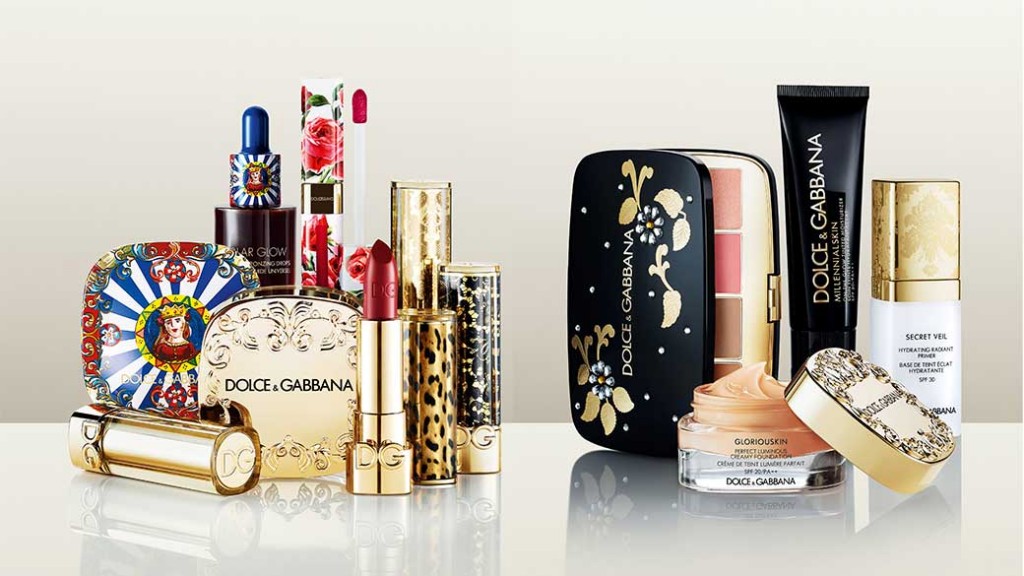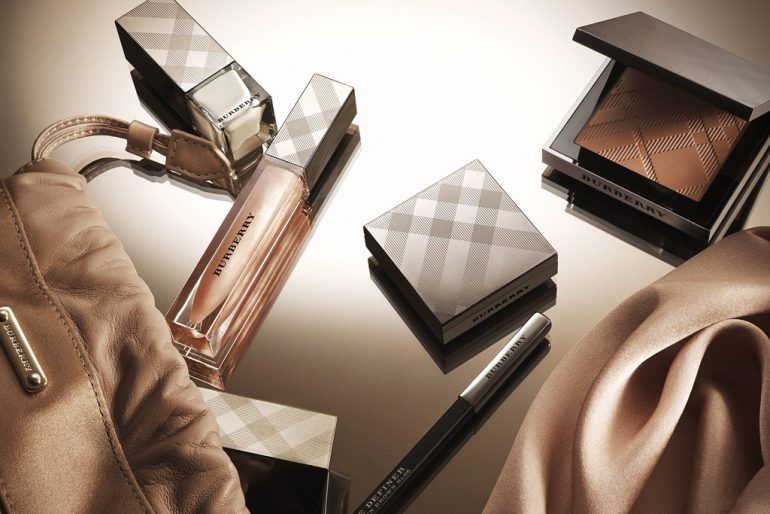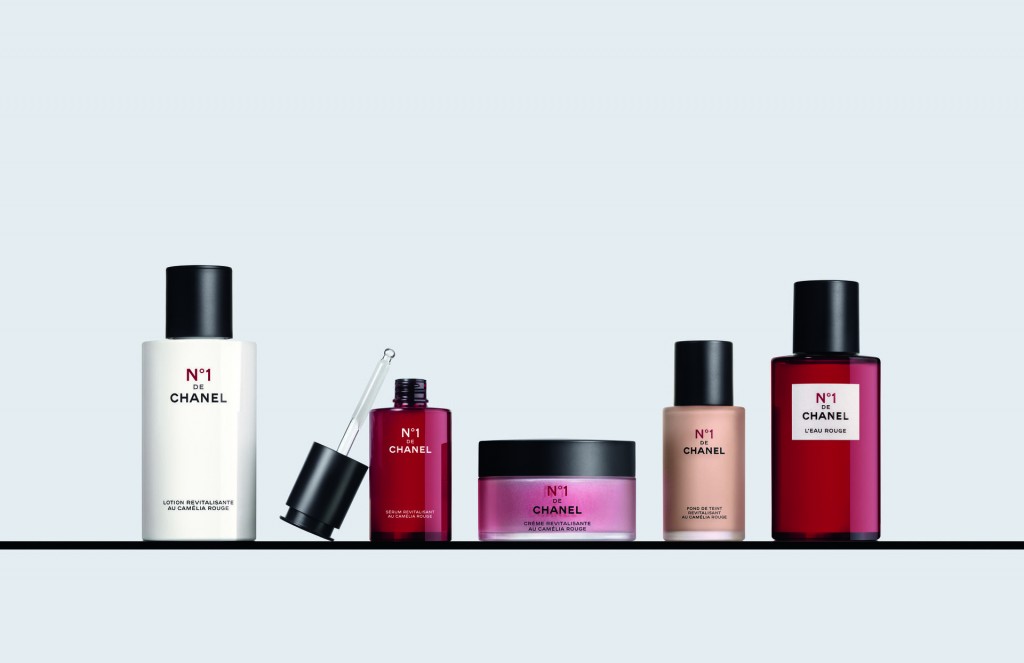In April 2021, Dolce&Gabbana partially ended its licensing deal with Shiseido as part of the latter’s attempt to cut costs due to the Covid-19 pandemic. By December of the same year, the deal came to a final halt, leading the Italian luxury fashion house to now announce that it is bringing its beauty business in-house.
The new business, Dolce&Gabbana Beauty, is reportedly worth €1 billion and will be based in Milan under the leadership of Alfonso Dolce – brother of Domenico Dolce and president and CEO of Dolce & Gabbana – and Gianluca Toniolo, who joins Dolce & Gabbana Beauty as operating CEO from LVMH.

A rarity
Luxury fashion brands have always branched out into high-end beauty products in a bid to diversify their products and widen their customer base, but they almost always do so through a licensing agreement.
For example, brands like Burberry, Prada, Christian Louboutin, Valentino, Chloé, and Salvatore Ferragamo have beauty products bearing their names, but productions, sales and distribution are handled by other groups like L’Oréal, Coty, Puig and Interparfums through beauty licenses that see the fashion house earn a small royalty on sales.
It is not as though they have not tried to control the entirety of the business on their own. In April 2013, Burberry brought its fragrance and beauty business back in-house after the termination of its licensing deal with Inter Parfums, but marketing costs and other operating fees caused it to struggle.
In the end, realising only a modest profit from its efforts, it partnered with Coty for its beauty division in April 2017.

The possibility of success
It is not all doom and gloom, however. Chanel is one luxury fashion house that has managed to control its beauty division successfully. LVMH too, which owns Givenchy, Guerlain and more recently, Rihanna’s Fenty beauty line. In fact, in 2010, the French conglomerate reported about €3 billion in sales from beauty and perfume with an operating profit of €332 million. By 2021, the figures had gone up to €6.6 billion in sales with an operating profit of €684 million.
If Dolce&Gabbana succeeds with its new beauty business model, it will be the first Italian luxury fashion house to do so post-COVID, providing other houses and businesses with a blueprint that might just help them to bring their own beauty lines in-house. Of course, this is if they are interested in doing so.

It has some advantages on its side. The beauty industry – which is growing exponentially – is currently big on skincare, and there is still so much ground to be covered in this aspect. Businesses are also moving online as more people are shunning traditional brick-and-mortar stores. As such, funds that would go normally towards these places are being used to build a strong online presence, which can help save costs.
All these factors may work in favour of the all-new Dolce&Gabbana Beauty, but the risks abound. Whether it is worth it is a question only the future can answer. Either way, it will provide great learning points for other businesses.
